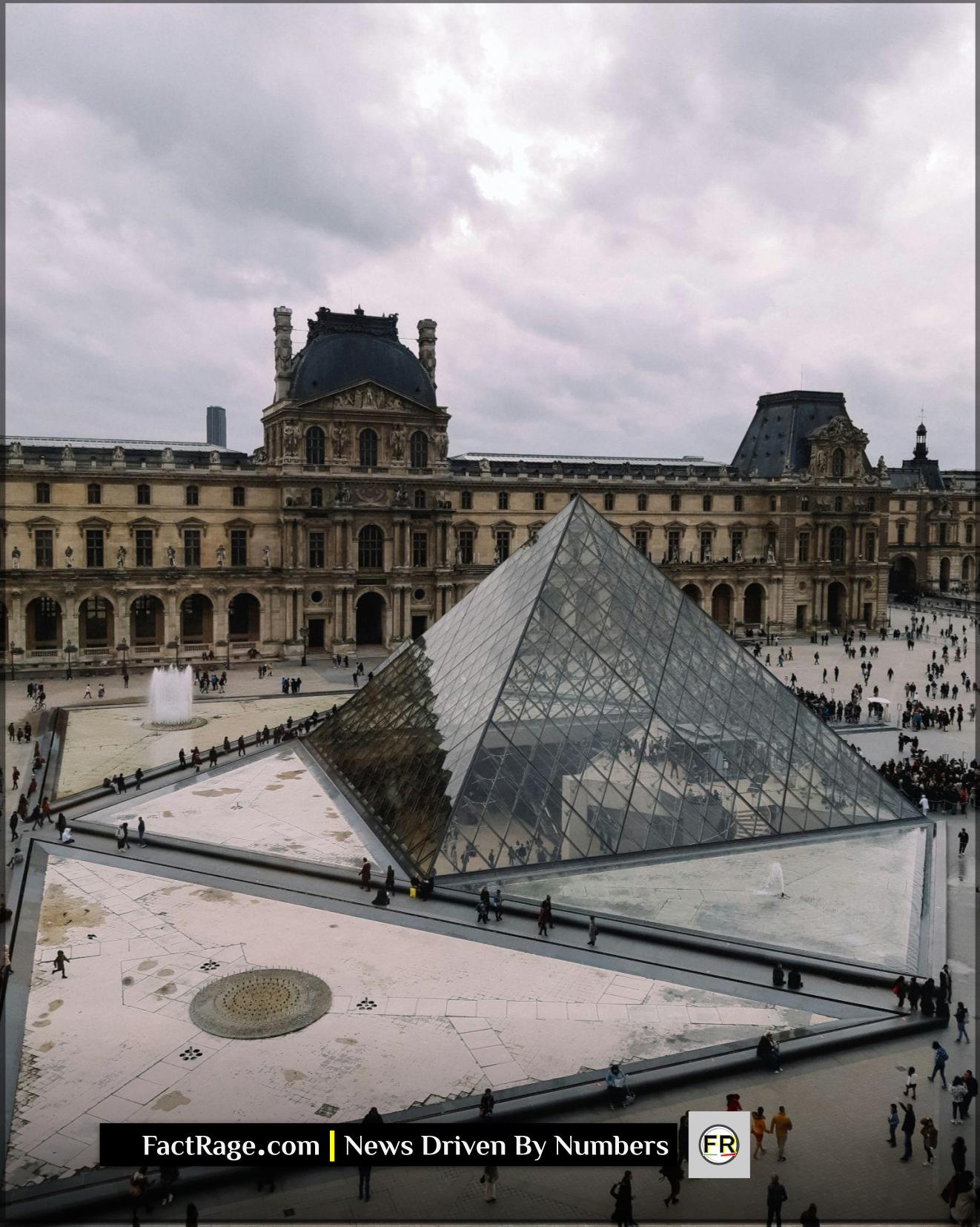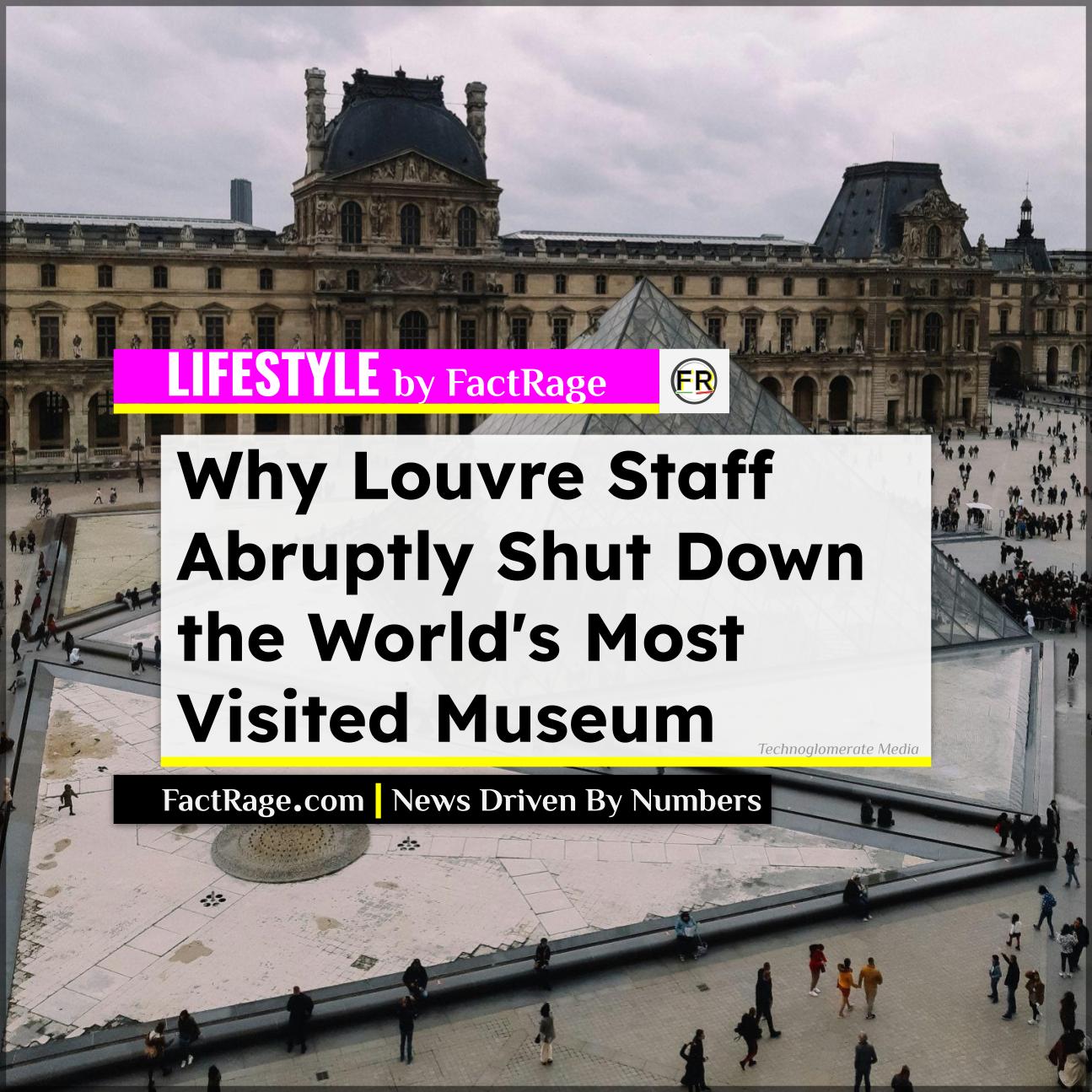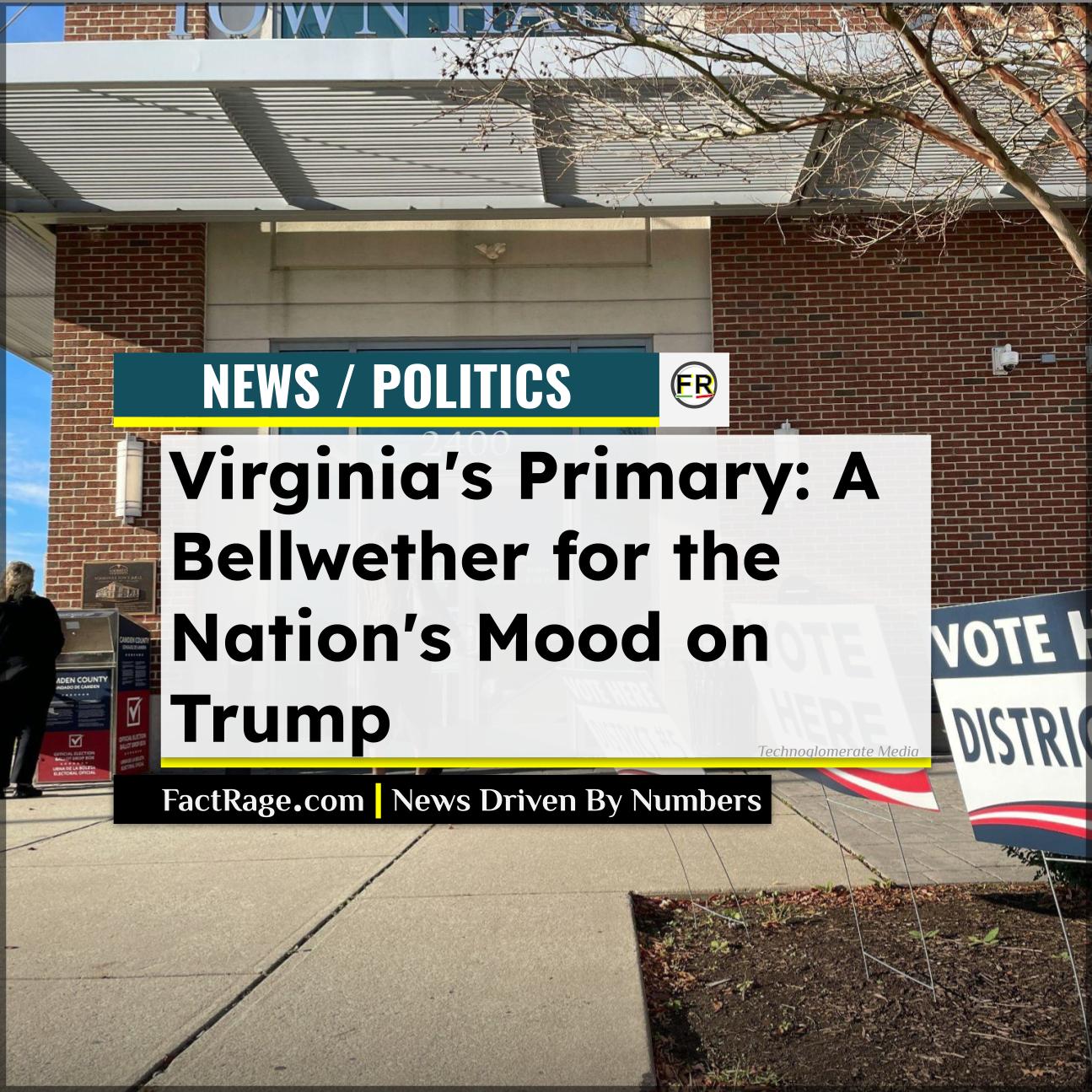PARIS, FRANCE – The world’s most-visited museum, the Louvre, abruptly shut its doors Monday, as front-line staff walked off the job in protest of what they describe as deteriorating and untenable working conditions caused by chronic overcrowding and understaffing.
Key Facts
- Spontaneous Protest – The closure was the result of a wildcat strike, or ‘social movement,’ that began during a routine monthly information session, not a pre-planned union action.
- Core Complaints – Staff cite crushing visitor numbers, chronic understaffing, and the ‘physical ordeal’ of working in an aging building as primary reasons for the protest.
- Massive Crowds – The museum welcomed 8.7 million people in 2024, and even with a daily cap of 30,000 visitors, staff say conditions are unmanageable.
Thousands of confused and frustrated tourists, many with pre-booked tickets, were left waiting in long lines outside the iconic glass pyramid after museum workers refused to take up their posts. The unscheduled closure highlights a boiling point in long-simmering tensions between staff and management over the consequences of the museum’s immense popularity.
What Caused the Sudden Shutdown?

The impromptu work stoppage began Monday morning following a regularly scheduled staff meeting. According to the CGT-Culture union, the meeting transformed into a “mass expression of exasperation,” with gallery attendants, security personnel, and reception agents deciding to halt work.
Union representatives stated that the core issues are severe overcrowding and persistent understaffing, which they claim have made daily operations unbearable. Christian Galani, a spokesman for the C.G.T.-Culture labor union, noted that some 200 jobs have been lost at the Louvre over the last 15 years, while visitor numbers have surged. “We didn’t plan to go on strike,” Galani told reporters, “but the people are so exhausted, they can’t support the conditions getting worse and worse.”
The ‘Mona Lisa Problem’ and Overtourism
At the heart of the museum’s crowd-control challenge is its most famous resident: Leonardo da Vinci’s Mona Lisa. An estimated 20,000 people per day crowd into the Salle des États to view the painting, creating a scene that visitors and staff describe as a chaotic “meet-and-greet” rather than an art experience. Many visitors leave disappointed by the jostling and the brief, distant glimpse of the masterpiece.
This issue is a symptom of a broader phenomenon known as overtourism, which has strained popular destinations across Europe. The Louvre’s president, Laurence des Cars, has acknowledged the museum visit has become a “physical ordeal,” with inadequate restrooms, rest areas, and signage for the sheer volume of guests. Even with a daily visitor cap of 30,000—a reduction from the pre-pandemic high of 45,000—the infrastructure is under immense pressure.
Are Renovations Coming Too Late?
The staff protest comes just months after French President Emmanuel Macron announced a major renovation plan called the “Louvre New Renaissance.” This decade-long project aims to address many of the staff’s concerns, including moving the Mona Lisa to a dedicated, separately ticketed subterranean gallery to ease congestion. The plan also includes a new entrance and addresses critical infrastructure failures, such as water leaks and temperature fluctuations that endanger the art.
However, for the workers on the ground, these long-term solutions offer little immediate relief. “We can’t wait six years for help,” said Sarah Sefian of the CGT-Culture union. “Our teams are under pressure now.” The museum, which eventually reopened mid-afternoon on Monday, faces the challenge of bridging the gap between its current crisis and its promised future.











